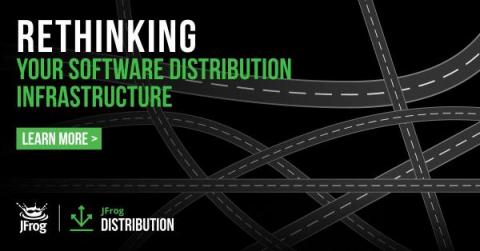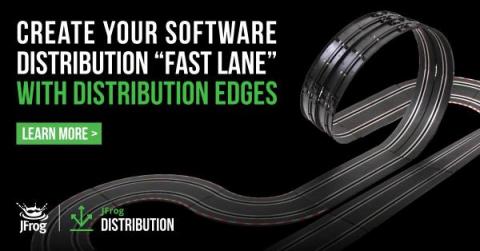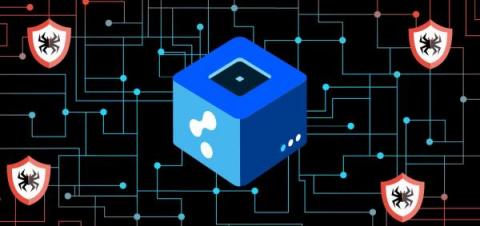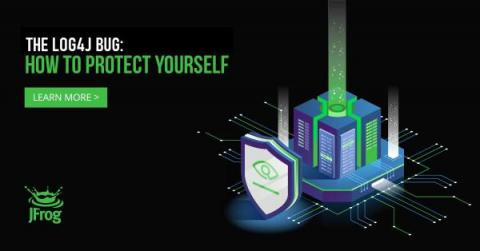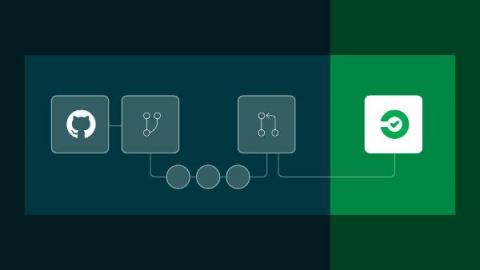Codefresh 2021: Year In Review
Codefresh has a very clear mission to enable enterprise teams to confidently deliver software at scale. We are incredibly grateful to our customers who are succeeding with deployments to the cloud, on-prem, and at the edge. Codefresh is powering critical software delivery for some of the world’s most popular gaming and media companies as well as regulated environments in hospitals, at banks, and for defense. So this post is dedicated to all of you who have enabled Codefresh to grow!




